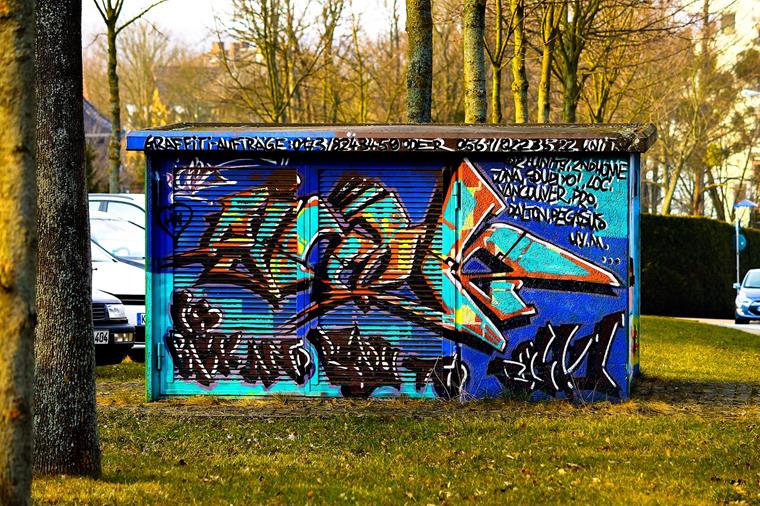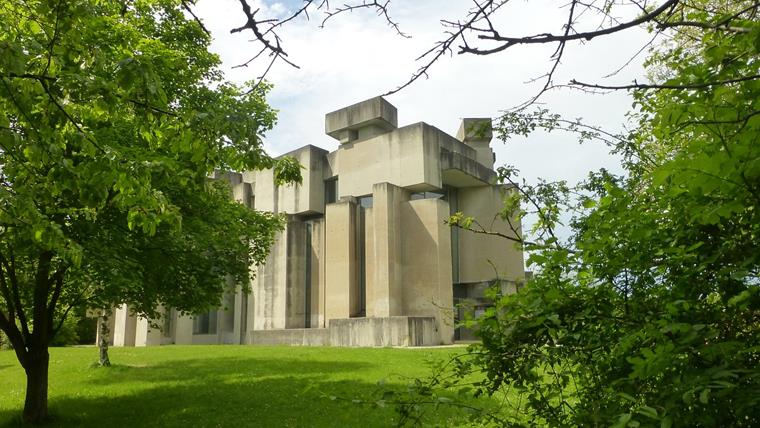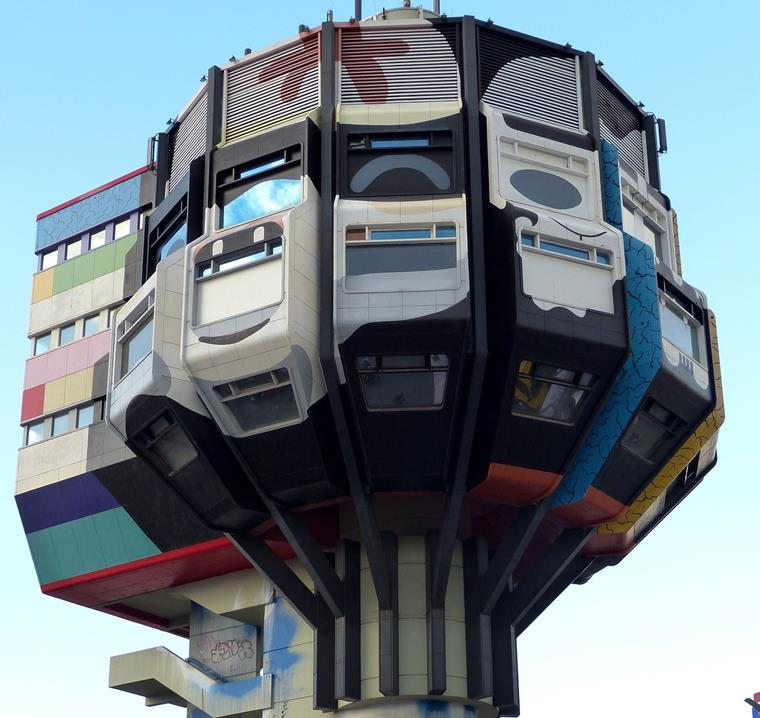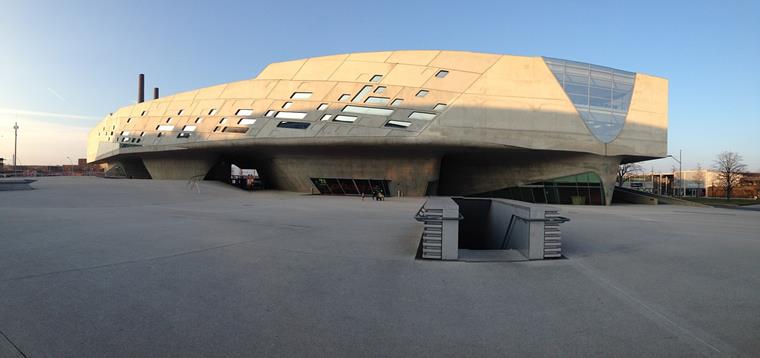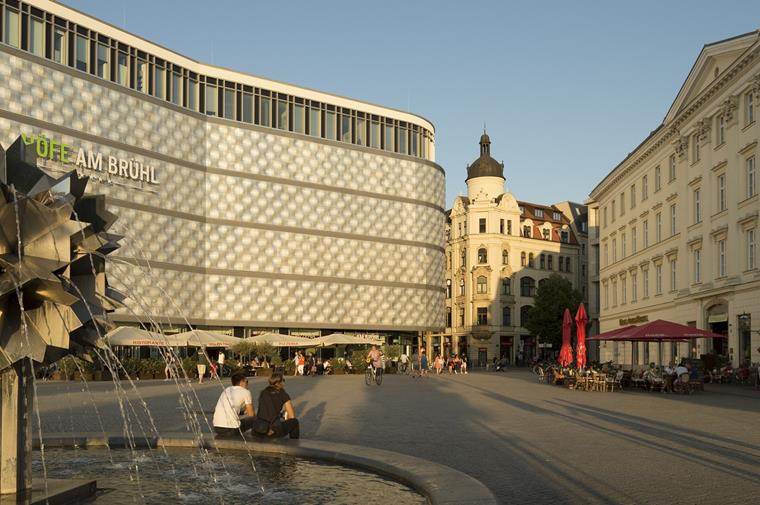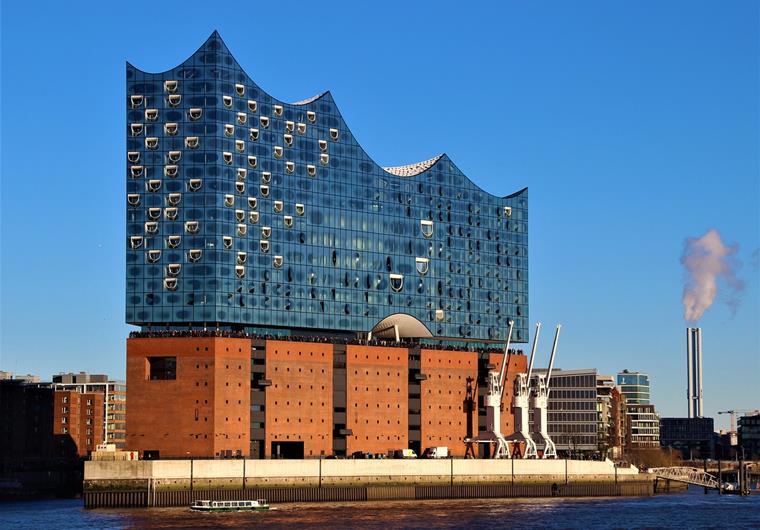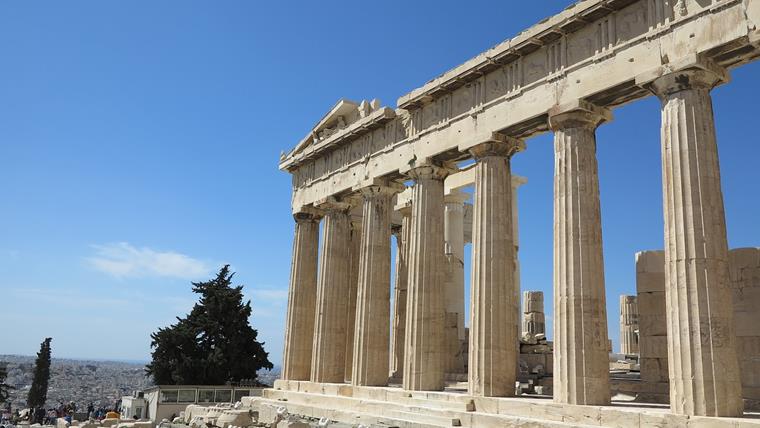Strange, bizarre structures where nobody knows what they should represent – probably not even the architects themselves? Before we philosophize about eyesore buildings and their raison d'etre, we have invited an expert to our podcast!
How Hate Turned into Love – Fairy Tale of Eyesore Buildings
Our guest Turit Fröbe actually has a rather classical education. She studied art history and classical archeology in Marburg, Germany. She later followed up with a Master's degree in European urbanism and taught building culture. She has been collecting the ugly ducklings of our cities for over 20 years. She actually hated eyesore buildings. So how did this change of mind come about?
In Bielefeld, she passed a junction box surrounded by a field of stelae. At that moment, she knew she wanted to create a demolition calendar for eyesore buildings – 365 days, 365 architectural disasters. But while working with such structures, she developed more and more love for them and thus her perspective changed. Hate turned into a loving look.
Today, she is a freelancer with her "Stadtdenkerei (City Think Tank)". What is this about? Cities or municipalities commission the company when it comes to improving renovation or new building concepts, for example. Turit does not change anything in the design or buildings, but only changes people's perception in a playful way. Eyesore buildings in particular play an important role. She usually works for about a week in these cities or municipalities with workshops and city tours.
- "We let people discover what they overlook or consider irrelevant in their everyday lives."
What are eyesore buildings?
Let's clarify the term "eyesore building" first. What exactly is it? Here, a building does not fit into the urban image. It often has shapes that are more deterrent or odd. The spectrum ranges from imaginative and bizarre to strange to absolutely ugly – everyone sees it a little bit differently, of course.
Many eyesore buildings were only later shifted into this category. This includes structures that have simply gone out of style over time. An example of this is brutalism. These are large buildings made of raw concrete, mostly from the '60s or '70s, which often appear very brutal. It was fashionable back then! After all, taste in architecture is capricious and after 20-25 years, it is best not to look at buildings that were previously perceived as architectural art. It's a shame, but that's the way it is with trends and fashion.
Turit explains to us that she differentiates between classic eyesore buildings and original eyesore buildings. She is particularly fascinated by the second category. This includes imaginative structures where the architects have visibly made an effort and demonstrated creativity. Someone took a chance here and tried something.
These buildings stand out from the crowd and have their own charm – each in its own way. It's just something you remember. Unfortunately, such structures are rather rare. The majority of eyesore buildings occur in pretty much every city, so they are almost interchangeable and thus not necessarily interesting.
For example, there are always "accidents" in construction – structures that were well-intentioned, but ended up in an architectural disaster. But also structures that only became real eyesore buildings due to renovation, extension, or decoration. Any existing building can turn into such a debacle in retrospect.
New Perspectives of Eyesore Buildings
When Turit is on the way with her "Stadtdenkerei" team, she offers walks through the respective city, for example. Here, however, she does not show the participants buildings that she would describe as eyesores, but allows herself to be guided to buildings that the residents themselves see as structural disasters. This results in a completely different dynamic.
She says that inhibitions about talking about such buildings are much lower than, for example, with high architecture, such as baroque buildings. This allows you to get into conversation with each other quickly. This is where the magic takes place.
Turit makes these conversations playful. She tells the participants that they would now make a little game of saying positive things about the building in question, describing it positively. A game is informal and is much more popular than simple lectures on architecture. This often shows afterwards: As soon as the participants have fully dealt with the hated buildings, these buildings often no longer seem as ugly and bad to them.
Do we need eyesore buildings?
When Turit was out looking for eyesore buildings, she was happy as soon as she found a new one. This gradually developed into what she describes as a "loving look" for the ugly ducklings of the buildings. When she held her first "tear-off calendar" for eyesore buildings four years later, she began to ponder.
- "I've realized that I don't want to tear them off. I didn't think it was that bad anymore."
Many architectural styles classified as eyesore buildings, such as brutalism, are currently experiencing a comeback. Turit believes that once you take a closer look at the buildings, you will learn to appreciate them again. After all, trends can change from time to time. So you shouldn't demolish structures just because most people find them ugly or unsuitable.
Eyesore buildings in particular have a very special charm and attract people. They stand out and stay in the memory – this is ultimately what matters in architecture. You can only attract attention with unusual buildings. They are special, no matter how strange they may be at first glance.
There is often a lack of awareness of the fact that we ultimately decide what our everyday environment looks like. Once we consciously recognize how multifaceted the buildings around us are, we defend ourselves against external investors who believe that they want to standardize cities. Each city should keep its own character. However, this is only possible if the residents appreciate how many different buildings surround them every day.
So yes, we also need eyesore buildings, especially those that really stand out for their uniqueness. Otherwise, each city looks like the other at some point. And that would be a pity, we agree with Turit.
Beautiful Eyesore Buildings
When we asked about the most beautiful eyesore buildings she has seen, Turit mentions the "Alexa" in Berlin. If you don't know it – this is a pink shopping mall that would better fit Cairo or Alexandria in terms of style. It looks like very Oriental and, of course, does not match the surrounding buildings at all. As a result, it has very high recognition and memory value.
Turit thinks that an indicator of a beautiful eyesore building is a nickname that people give to the building. In Berlin, the Alexa is called, for example, "Pink air raid shelter" or "Pharaoh's tomb". Then, there is the "Elephant loo" in Gießen. Curious? You can see for yourself what's behind it!
More Building Culture Education for Future
In order to achieve an awareness of urban planning and a diverse cityscape, it is best to start as a child. Turit would like building culture education to become part of the training curriculum in German schools. After all, we are moving around in architectural environments all the time, many of which we do not really understand.
It is important, she emphasizes, that children and young people learn how they can influence building culture themselves later. This is the only way we can maintain the uniqueness of our cities.
Turit hopes that more innovative and young architects will be given more confidence in building culture in the future. Right now, there is a lot of construction going on everywhere and it looks pretty much the same in every city – the same boring buildings.
- "If you go to an exhibition for young architects in the Netherlands, you can meet architects that are 26 years old. If you do that in Germany, you meet 49-year-old architects. That means they are already broken before they can start building."
She would especially advise young architects to be courageous. They should experiment and not allow themselves to be undermined by the elders. Defending your own ideas and showing that innovative building is exactly what our cities need – this is where Turit's hopes lie for the future.
Turit, what is your favorite building?
She doesn't have to think twice about this. For her, the most impressive thing about buildings is undoubtedly the Acropolis in Athens. According to her, the Parthenon is the greatest thing that has ever been built by human hands in this world. We can absolutely understand that.
Thank you for visiting us!
